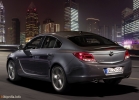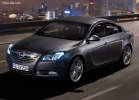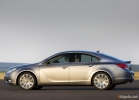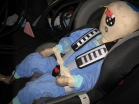West drive Opel Insignia hatchback since 2008 sedan
Unlike what?
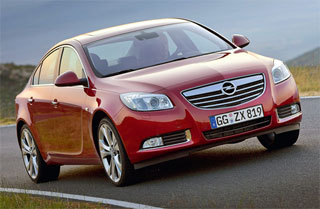 Insignia translated into Russian means a sign of distinction. A curious name is quite unambiguous, although when the car was only created, there was no need to talk about special merits. With the help of an elegant name, the Germans rather tried to emphasize the differences between this model and its predecessor
Insignia translated into Russian means a sign of distinction. A curious name is quite unambiguous, although when the car was only created, there was no need to talk about special merits. With the help of an elegant name, the Germans rather tried to emphasize the differences between this model and its predecessor This is not to say that Opel Vectra, which was replaced by Insignia, turned out to be a bad car, the family class model was high -quality and competitive. It’s just that the concept of this machine has lost its relevance, and it was time to bring it into line with the modern requirements of the segment (where, as you know, the main violin is played by the noticeably grown Volkswagen Passat and Ford Mondeo). Apparently, the Germans chose the right course, deciding to win the status (unlike the closest rivals, who, apparently, do not worry about this). As a result, the new car was accepted by Europe with a bang, and its sales are very brisk. In 2009, he became the best European car, even ahead of the sixth generation Volkswagen Golf
PORTRAIT
Since 2004, people have been waiting for the emergence of a new generation Opel Omega, and now they can be congratulated: Insignia a large car, inferior to Omega only in length, and then only 68 mm. And besides, this is a handsome man, one of the most extravagant Opel of the last time (not counting the little Speedster and GT), if not at all the most interesting in appearance of the European sedan. Hitchback with a station wagon, by the way, is also nothing.
The interior does not differ in originality: in general, it looks like any other salon of a high -class European car. But it is quite nice: in some places the motives of BMW, Ford, Audi are high -quality decoration materials, ergonomics are no worse than any other European machine, moreover, worthy equipment. The only negative is that due to the characteristic line of the roof behind the cabin, the interior is lower than the front, and the high passengers are uncomfortable.
Cherry properties make mostly a favorable impression: almost all motors, even turbocharged, calm, but pull confidently. In addition, the suspension is correctly configured: on a straight road, the car holds firmly, does not present surprises in the turns. And the all -wheel drive model feels on the highway even better thanks to an adaptive suspension! Sad comfort is good for all versions: like any other worthy German car, Insignia looks tenacious and assembled by a machine without excessive softness.
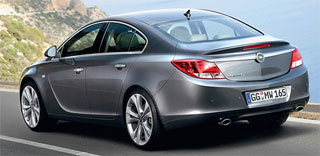 Choosing a body
Choosing a body The base model in the Insignia line sedan worth 872 300 rubles. The hatchback, ceteris paribus, is more expensive than 15 thousand rubles, and the station wagon for another 10 thousand.
Sources of movement
The cheapest version worth 872 300 rubles. A frankly weak 1.6-liter engine developing 115 liters sets in motion. With. (Acceleration to hundreds takes 13.5 s, the maximum speed is 192 km/h. Non -serious indicators). Much more interesting is a 1.8-liter, 140-horsepower unit, increasing the price to 897,300 rubles. (Hundreds of the car reaches 1.5 s faster, and the maximum speed exceeds 200 km/h). Both engines are only combined with a mechanical box having six steps.
They do not offer a 1.6-liter turbo engine with a capacity of 180 liters with an automatic machine. With. Incidentally, a car with such a power unit costs at least 1,012,300 rubles. Acceleration to hundreds is 8.9 s, the maximum speed of 225 km/h is a lot for such a tiny working volume. In mixed mode, fuel consumption is only slightly larger than that of a model with a 1.8-liter engine: 7.9 l/100 km instead of 7.8 liters.
A 220 liter 220 liter is good and a 2-liter turbo engine. p., it develops a maximum speed of 242 km/h and reaches hundreds for 7.6 C of fuel costs amount to 12.6 liters in the city and 6.7 liters on the highway. The cost of a car with such a power unit is 1,070,300 rubles. (for an automatic box with six ranges, you need to pay 47 thousand rubles, and for a full -wheel drive transmission 75 thousand rubles).
The top engine is immediately proposed with all -wheel drive, which does not prevent it from developing 250 km/h and reach a three -digit speed value of 6.9 s, while consuming 16.9 liters of fuel in the city and 7.4 liters on the highway. The machine with this engine is much more expensive than a car with a 2-liter unit: the price starts from a mark of 1,479,800 rubles. (Automatic transmission option worth 47 thousand rubles), because in order to get a 2.8-liter, 260-horsepower turbo engine, you need to buy a version performed by Cosmo. The OPC models with a 325-horsepower engine is not on sale yet.
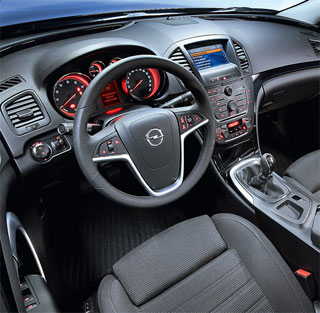 Basic levels of equipment
Basic levels of equipment The cheapest Insignia Essentia, which is offered only with 1.6- and 1.8-liter atmospheric engines. The minimum cost of this version is 872 300 rubles. Any car of this class is well equipped, and Opel is no exception: there are front electric windows, an audio system, the trunk lid electric drive, an on -board computer, a good set of airbags, a security system, air conditioning, a stabilization system and adjusting the front seats in height.
Elegance execution will increase the price by at least 85 thousand rubles, since the base engine is 1.8-liter for it. A lot of options will also be added: cruise control, outlet in the trunk (only at the station wagon), climate control, cast discs, control of the audio system on the steering wheel, pockets in the backs of the front seats.
Cosmo is the highest level of equipment of Insignia, costs from 1,001,300 rubles. From the younger versions, this equipment is distinguished by door handles in the color of the body, the rain sensor, automatic inclusion of light and electronic parking brake.
Additives?
Unlike Japanese firms, Opel leaves a lot of free positions in the list of standard equipment of basic machines, which the buyer will be able to fill out at his own discretion.
Insignia Essentia is limited in the options, but Elegance can be greatly reached. Sight & Light bags are provided for it (rain sensor, light sensor, automatically darkening rear -view mirrors) for 10 thousand rubles, Elegance plus (comfortable seats, adaptive bixenona headlights, a more perfect audio system, Sight & Light) package, Driver set ( It includes a Sight & Light package, bixenon swivel headlights, parking sensors), as well as an OPC body kit for 30 thousand rubles. In addition to packages, there are many separate positions: hatch (30 thousand rubles), metallic color (14 thousand rubles), separate parking sensors (16 thousand rubles), a broom for the rear glass of hatchback, leather upholstery (45 thousand rubles. ), pre-heater (58 thousand rubles), CD- and DVD navigation (25 and 50 thousand rubles, For a price of 6 to 42 thousand rubles.
Of the additional equipment inaccessible to Elegance, Cosmo Plus sets (additional airbags, electrical adjustment of the driver’s seat, basic navigation and adaptive bixenon headlights) are designed for 80 thousand rubles are designed. and Infiniti Navi Pack at a price of 45 thousand rubles.
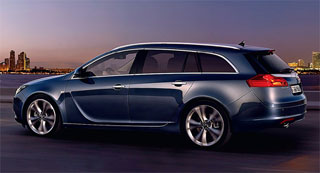
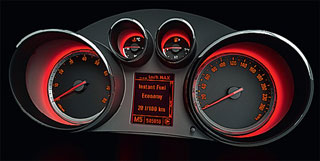
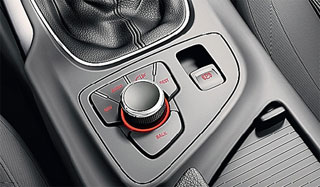
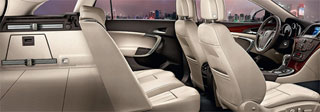
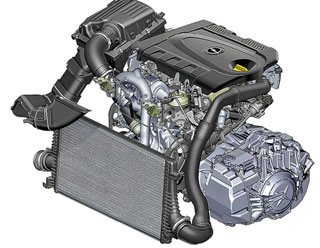
COMPETITION
Volkswagen Passat
One of the best cars of this format, located at the junction of the family class and business segment. It is distinguished by good equipment, the highest level of comfort, excellently balanced running qualities, a solid interior, as well as an acceptable cost due to the Russian assembly.
Ford Mondeo
Ford large car with big claims. It has a high level of comfort, demonstrates decent handling, but the dynamics, frankly, mediocre. Only a car with a 2.5-liter turbo engine, which is weaker than the top engine Opel, rides well. But the model is much cheaper than the basic Insignia.
Honda Accord
A lean, sports, dynamic car with an aggressive design is a good role model. Many buyers, however, will turn away from the Japanese when they find out that the choice of engines is quite a meager, and the top power unit gives out a total of 201 l. With.
Hatchback Opel Insignia Crash Test since 2008
Krassh Test: Detailed Information35%
Driver and passengers
14%
Pedestrians
39%
Children-passengers



